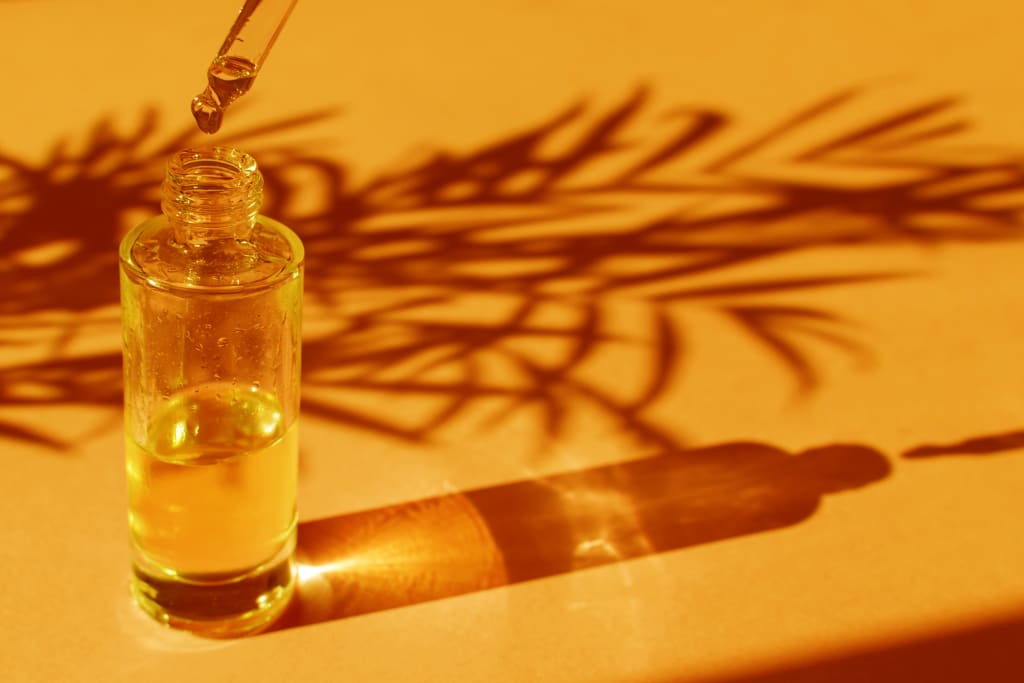
The Natural Cosmetics trend has been increasingly popular, resulting in high demand on products made from a natural origin, which is causing major changes in the cosmetics industry.
Raw material suppliers are on the hunt for the most innovative ingredients they can find in nature. Cosmetic companies are trying to figure out the best ways to use these ingredients along other common chemicals without compromising the natural claim of the product.
I want you to ask yourself what the word natural means to you, and what characteristics you expect from a natural cosmetic product.
Where did the trend come from?
A lot of trends that appear in cosmetics are adopted from other trends in different industries. For example, the food industry started with the natural and organic product trends, which then influenced these concepts into the cosmetics world.
In the case of food, the least processed the foods are, the healthier they are for you. However, the same does not apply to cosmetics, as they are meant to be applied externally, thus different safety concerns have to be considered.
Natural may not be what you think
People generally assume that if something is natural, then it is good for you. This is because we associate natural with nature and all the goodness that comes from the Earth.
However, not everything that is natural is good for your skin. Most natural ingredients are not entirely safe for use in cosmetics. Take as an example the toxicity of essential oils or cyanide in apple seeds. Formulator chemists have to work around legislation and claims to make a natural cosmetic safe and compliant.
Natural vs. Synthetic
Did you know that synthetic ingredients are safer than natural ingredients?
A natural ingredient differs from its synthetic counterpart mainly on the way that it has been made. So, natural ingredients are not meant to be created through chemical synthesis, whereas synthetic ingredients are.
The point is that ingredients from nature are most likely to contain impurities that can cause unwanted reactions. Only natural substances that are made entirely pure don't contain unexpected impurities, which is seldom.
Scientists are capable of creating synthetic counterparts that are known to be safe. The molecules from the natural ingredient can be replicated in a laboratory and it would not contain unexpected impurities because it is human-made under controlled measures.
The word "chemical" has been denominated by consumers as something negative and potentially harmful. This happened due to an overload of alarming information being spread through the internet and social media, re-educating the consumer with misleading facts, re-shaping the cosmetics market.
This has led to the spread of chemophobia, an abnormal fear for chemicals. But guess what, even water is a chemical. In fact, every ingredient in a cosmetic product is considered a chemical, and hence why "chemical" doesn't mean "synthetic", and natural ingredients are also chemicals.
About Carcinogenic, Mutagenic or Toxic ingredients
An amount of synthetic and natural ingredients have been found to be Carcinogenic, Mutagenic or toxic for Reproduction (CMR), falling in the list of banned ingredients in European/UK regulation.
The synthetic ingredient triclosan, which was used in cosmetic products as antimicrobial, as well as in other consumer goods such as food and toys, was found to be carcinogenic.
Natural heavy metals such as nickel and lead, which are ingredients found in nature, were used mostly in make-up. They ended up being considered as CMR after rigorous testings, and therefore banned for use.
There have been harmful ingredients found in cosmetics in the past, and they were both naturally occurring as well as synthetically made. As rigorous testing continues in the Health and Beauty sector, it is certain that all cosmetic products are safe to use. Every single ingredient, weather it is natural or synthetic, has been tested extensively to achieve high quality and safety standards.
Natural has different meanings around the world
Cosmetic product claims and terminology that are used to inform or seduce the consumer all go down to what regional legislation allows. And here comes the tricky part.
Europe
In Europe, there is still no harmonised standard for natural and organic claims for cosmetic products. You can see for yourself here. This leads to the potential of unfairness and misleading information to consumers. And more importantly, it makes it harder to tell apart the brands that are being honest from the brands that greenwash or scam for business growth.
ISO is a non-governmental organisation that develops and publishes international standards. There are ISO guidelines that provide explicit definitions about natural ingredients and offer a method to calculate the % of naturalness of a product. This is great guidance that companies can purchase in order to make natural claims ethically and gain consumer trust. Therefore, an ISO certificate does guarantee the veracity of a product.
United Kingdom
The UK still follows European Guidelines for cosmetics after Brexit, but has on top of that the Cosmetics, Toiletries and Perfumery Association (CTPA) to further help with guidance and relevant information about the cosmetics industry. According to CTPA, there is no legal requirement to comply with the ISO guidelines and CTPA also confirms that the term natural is not regulated under the Cosmetic Products Regulation, which is the main regulation that affects to the UK and Europe.
United States
The good news is that the US does have a set of strict guidelines for the regulation of the term natural in a cosmetic product. For example, they require at least 70% of the product to contain ingredients from natural origin without taking water into account. They also define very well the processes that natural ingredients may have undergone.
As you can see from these sample cases, the regulation of the term natural varies across the globe. Therefore, depending on where you live or travel, the claim natural in a cosmetic product can have totally different meanings and purposes.
A final note
I believe that there are brands and companies that sell natural products who really stay true to their claims and make big efforts to provide their consumers with the most natural cosmetic products. Nevertheless, if you are caught up in the naturals trend, this is just a gentle warning to stay well informed and to question the claims written in your products when it comes to "natural".
As a whole, I'm not trying to portray that every natural ingredient is bad nor that every synthetic ingredient is good, or the opposite. The only objective of this article is to avoid people being tricked by the natural marketing claims.
Sources
Cosmetics Design Europe: Ingredient Safety
Cosmetics Design USA: Setting Legal Definition of 'Natural'
European Commission: No harmonised standard for natural cosmetics
European Commission: CMR Substances
Common Natural Ingredients: Impurities in naturals
Congress Gov: US Natural Cosmetics Act
ISO Guideline: Definition of Natural and Organic cosmetics
ISO Guideline: Calculation % natural of cosmetic product
CTPA: Trendy Claims Natural and Organic
Science Transnational Medicine: Triclosan carcinogenic study
About the Creator
Mar G
Cosmetics expert. Food lover. Plant obsessed.
A Chemist that seeks to express her tips and views on her favourite topics.
Family and friends are the main source of topic inspirations.






Comments
There are no comments for this story
Be the first to respond and start the conversation.